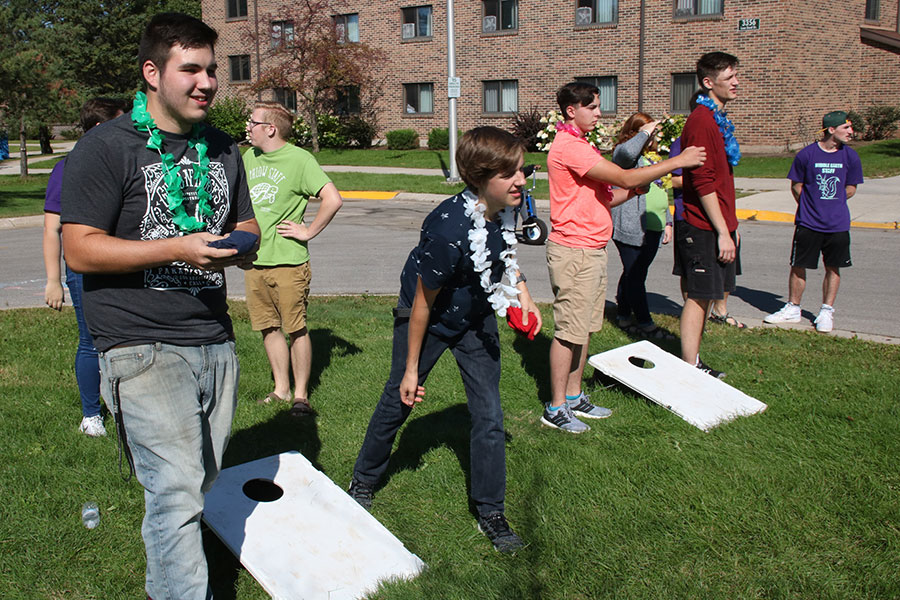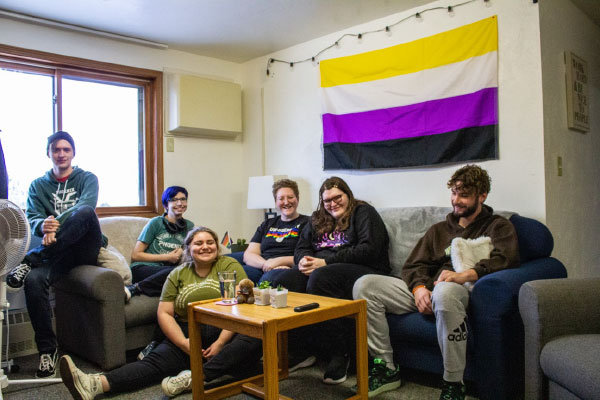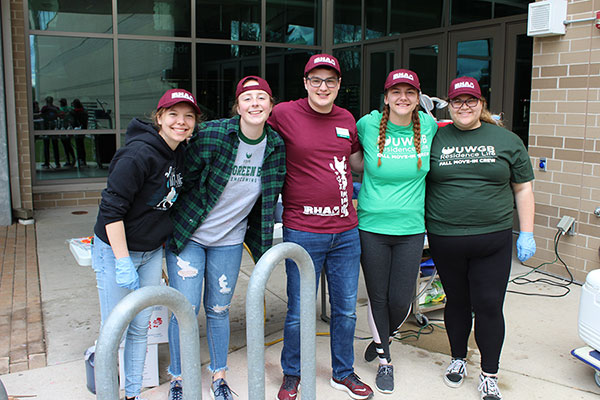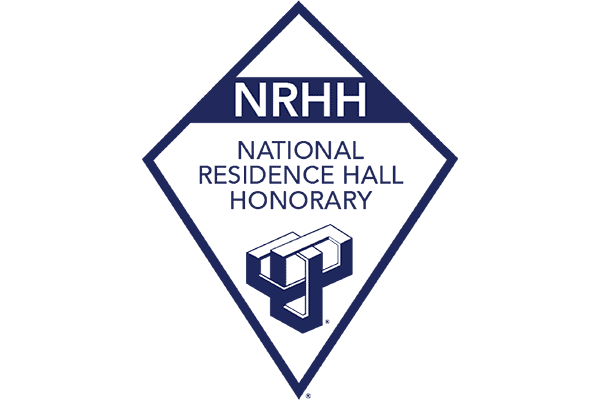Get Involved On Campus
Live & Let Learn
Have a seamless living and learning experience.
You'll never again have such rich, low-risk opportunities to get involved, meet others and put your leadership skills to work as you will while living on campus. Now is the time to see what you're capable of and what sort of things interest you.

Find Your Fit
Join a community of students with similar interests!

Residential Communities
Our residential communities offer you the chance to live with people who have similar goals and interests, whether it be personal, like our Eco Friendly Phoenix, or professional, like our STEM community.
Leadership Opportunities
As a Phoenix, you're on the rise. Get involved with these leadership opportunities within Housing.

RHAA is Your Voice
RHAA (Residence Hall and Apartment Association) is a student organization provides students the opportunity to share their thoughts and input about living on campus. RHAA plans programs for residents and advises Housing Administrators on policy changes and things of interest to residents.

Recognize with NRHH
Recognition is an essential tool for leaders to inspire and motivate others. To be a member of NRHH (National Residence Hall Honorary) is an honor in itself, as members are the top 1% of leaders in residence halls and are selected through a nomination process. NRHH members also review submissions from students and staff in recognition of the work done on campus. There are a variety of categories in which someone can be nominated through the Of The Month (OTM) process. It feels good to recognize the work of others, and NRHH is a key part in doing that for campus.
Ready to Join the Housing Family?
In addition to the full-time professional staff, the Housing and Residential Education department relies heavily on student employees to create a welcoming and comfortable environment that's conducive to learning.

Employment Opportunities
Housing and Residential Education offers both student employment and professional full-time positions. Student staff employment gives you the opportunity to develop life skills, supplement college expenses and gain work experience.

Meet a
Phoenix
"I'm a Resident Mentor with Housing... Working in my current leadership position I feel that I play a role in people’s college experience. Sometimes that means taking a resident to a campus event where they meet their new best friend, sometimes that’s being a listening ear for the freshman adjusting to being on their own for the first time, and many times it looks like being at least one familiar face they see on campus. This role has really made me feel more connected to campus and I love adding good energy to the community within Housing."
Mia Bolyard '25
English Major, Creative Writing Emphasis
Writing & Applied Arts Major, Editing & Publishing Emphasis
Communication Minor & Theatre Minor

Have Questions?
Want to know more about how you can get involved in student housing? We're here to help!